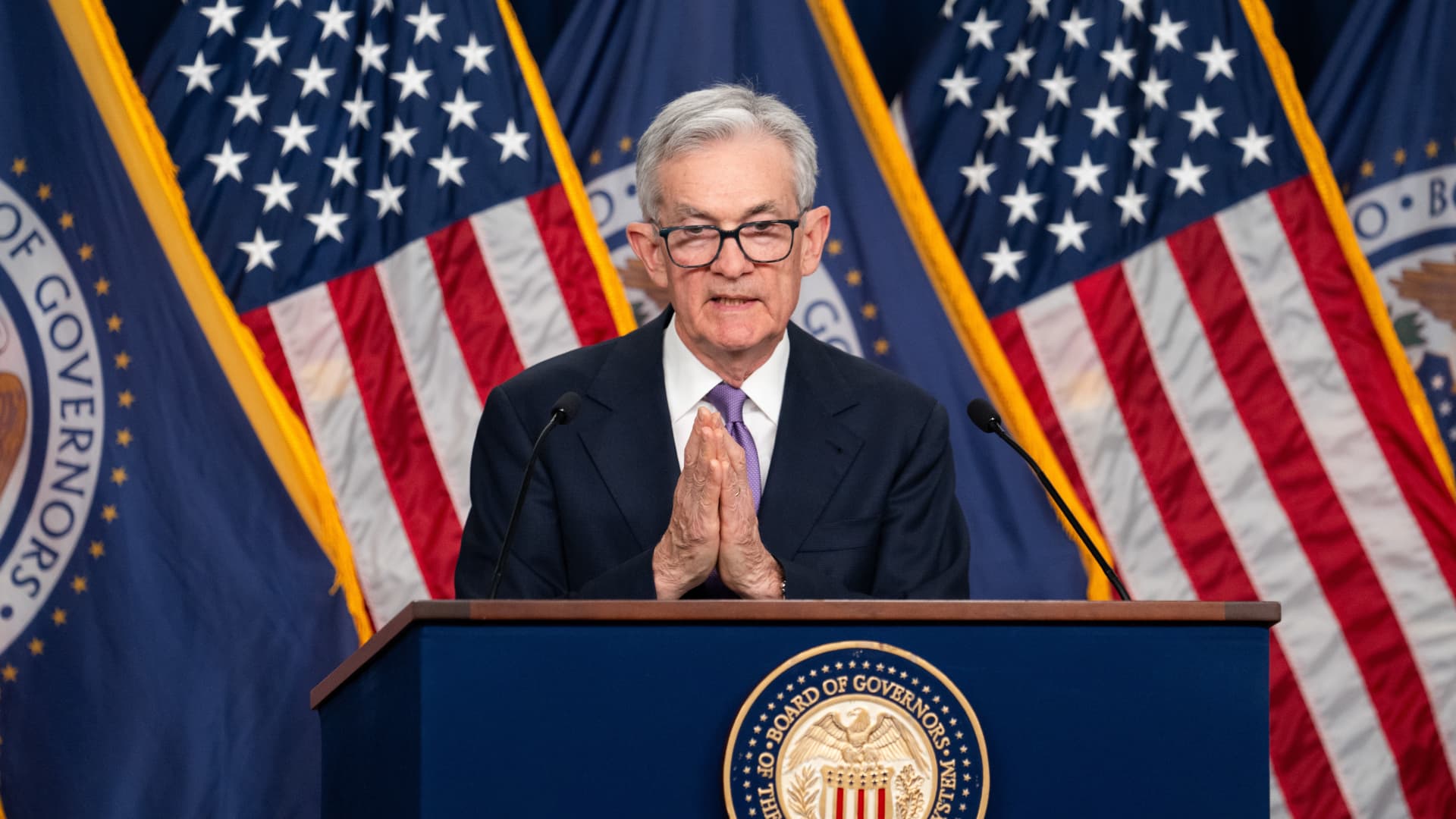Decoding the Federal Reserve’s Signals
The Federal Reserve’s (Fed) communications are under a microscope, scrutinized by economists, investors, and the public. These statements offer vital insights into the future of monetary policy. Recent reports have focused on dissecting changes within the Fed’s statements following Federal Open Market Committee (FOMC) meetings. This analysis synthesizes information from various reports to provide a comprehensive overview of the evolving narrative conveyed by the central bank.
The Power of Comparative Analysis
A dominant trend in reporting is the direct comparison of successive FOMC statements. Several sources employ a visual method of highlighting alterations: text removed from previous statements is marked in red with a strikethrough, while newly added text is indicated in red. This approach underscores the Fed’s deliberate adjustments to its messaging, signaling shifts in its outlook. The emphasis is on subtle refinements that can have significant market implications.
Comparative analysis allows stakeholders to track the Fed’s evolving stance on economic conditions and policy intentions. By examining changes in language and focus, analysts can infer the Fed’s priorities and anticipate potential policy shifts. This method is not just about identifying what has changed but understanding why those changes were made and what they signify for the economy.
Key Economic Observations
The statements consistently acknowledge several key economic realities. The unemployment rate is repeatedly described as “low,” and labor market conditions are consistently characterized as “solid.” This suggests continued strength in the labor sector, a crucial component of the Fed’s dual mandate of maximum employment and stable prices. However, the persistent presence of “somewhat elevated” inflation remains a central concern. This phrasing acknowledges some progress but indicates that inflation hasn’t yet returned to the Fed’s target level.
Recent indicators suggest continued economic expansion at a “solid pace,” a phrase appearing in multiple statements. This positive assessment is tempered by the ongoing inflation concerns, creating a complex picture that necessitates a cautious approach to policy adjustments. The Fed’s acknowledgment of both strengths and weaknesses in the economy highlights its balanced approach to monetary policy.
Shifting Perspectives on Future Rate Cuts
A significant point of contention revolves around the Fed’s outlook on future interest rate cuts. Reports indicate fluctuations in the Fed’s guidance, reflecting the data-dependent nature of its decision-making process. The central bank is closely monitoring incoming economic data, particularly inflation figures, to determine the appropriate course of action.
The political context surrounding these decisions adds another layer of complexity. While external pressure may influence public perception, the Fed’s primary focus remains on economic data. This data-driven approach ensures that policy decisions are based on objective analysis rather than political considerations.
Nuances in Language and Policy Firming
The language used by the Fed is far from arbitrary. The statements reveal a careful consideration of phrasing to convey specific intentions. The continued inclusion of language regarding the consideration of “the extent of additional policy firming that may be…” suggests the Fed isn’t entirely ruling out further interest rate hikes, even while holding rates steady. This cautious stance reflects a desire to maintain flexibility in the face of uncertain economic conditions.
The internal debates within the FOMC further illustrate the complexity of the Fed’s decision-making process. Dissenting opinions, such as those of Christopher J. Waller, highlight the collaborative yet sometimes divergent nature of the committee. These nuances in language and internal dynamics provide a deeper understanding of the Fed’s strategic thinking.
The Significance of the September 2024 Meeting
The September 18, 2024, meeting serves as a concrete example of the Fed’s willingness to adjust policy in response to evolving economic conditions. The announcement of a half-point rate cut during this meeting underscores the Fed’s proactive approach to monetary policy. However, the subsequent statements suggest a more cautious approach, indicating that further cuts are not guaranteed and will depend on continued progress on inflation.
This meeting highlights the Fed’s commitment to adapting its policies based on real-time economic data. The decision to cut rates was not made in isolation but was part of a broader strategy to address specific economic challenges. The subsequent caution reflects the Fed’s balanced approach to policy-making.
Temporal Shifts in Reporting and Statement Dates
The articles span a timeframe from January 2025 to May 2025, and even back to September 2024, demonstrating a continuous cycle of Fed meetings, statement releases, and subsequent analysis. The repeated appearance of articles titled “Here’s what changed in the new Fed statement” across different dates underscores the ongoing importance of these communications and the public’s desire to understand their implications.
The March 2025 and May 2025 statements are particularly highlighted, with multiple sources focusing on the comparative changes within those releases. These statements provide a snapshot of the Fed’s evolving stance on economic conditions and policy intentions. The continuous cycle of analysis and reporting ensures that stakeholders remain informed and can anticipate potential policy shifts.
A Delicate Balancing Act
The analysis of recent Fed statements reveals a central bank engaged in a delicate balancing act. It acknowledges the strength of the labor market and continued economic growth but remains vigilant about persistent inflation. The Fed’s communication strategy is characterized by careful calibration of language, avoiding overly definitive statements and maintaining flexibility to respond to incoming data.
The shifts in guidance regarding future rate cuts, the nuanced phrasing around potential policy firming, and the internal debates within the FOMC all point to a complex decision-making process. Ultimately, the Fed’s goal is to navigate a path toward stable prices and maximum employment, and its statements serve as a crucial window into its evolving assessment of the economic landscape and its commitment to achieving those objectives. The ongoing scrutiny of these statements, as evidenced by the extensive media coverage, underscores their profound influence on financial markets and the broader economy.

